The drama "Soga Moyô Tateshi no Goshozome" was originally composed of 6 acts, divided into 12 scenes. The current version, consisting of 3 acts (7 scenes), is divided into two different stories that are loosely linked: "Hototogisu Goroshi" (the murder of Hototogisu) and "Gosho no Gorozô". The first is occasionally performed as part of a tôshi kyôgen production entitled "Soga Moyô Tateshi no Goshozome". The second story is extremely popular and frequently staged. The first part, "The Murder of Hotogisu" by Yuri's mother, is known for its gruesome murder scene, and the final scene, "Goro-kura-uchi", in which the two lovers commit suicide by playing the shakuhachi and the kokyu in concert. The three scenes of "meeting Gojozaka", "Kabutoya Enkiri" and "Doukasatsu", the fifth act of the original play, each have their own style and are performed repeatedly. This print represents the scene at Hotogisu returns as a ghost to take revenge. The actors are: left: Ichikawa kodanji who plays Yuri and Ichikawa kohanji I a sister of Hotogisu right: Ichimura kakitsu Hotogisu and another actor plays another sister.
Utagawa Kunisada (歌川国貞, 1786 – January 12, 1865) also known as Utagawa Toyokuni III (三代歌川豊国) was one of the most popular ukiyoe painters of the 19th century and also one of the most prolific and having the most financial success, ahead of Kuniyoshi 国芳 and Hiroshige 広重. Utagawa Kunisada was born in Edo in 1786. His father, who died the following year, was an amateur poet of little reputation. Around 1800 he was accepted as an apprentice by one of the greatest masters of drawing on a wooden board, Toyokuni. He began by making prints of actors, Bijin-ga, sumo-e, landscapes and warriors. He also produced a large number of shunga (erotic prints). He is said to have produced over 20,000 prints. In 1844-1845, Kunisada Utagawa changed his stage name, taking the name of his master, Toyokuni, and thus became Toyokuni III. He died in Edo after having trained several students like Toyohara Kunichika 豊原国周 and Utagawa Kunisada II 歌川国定.


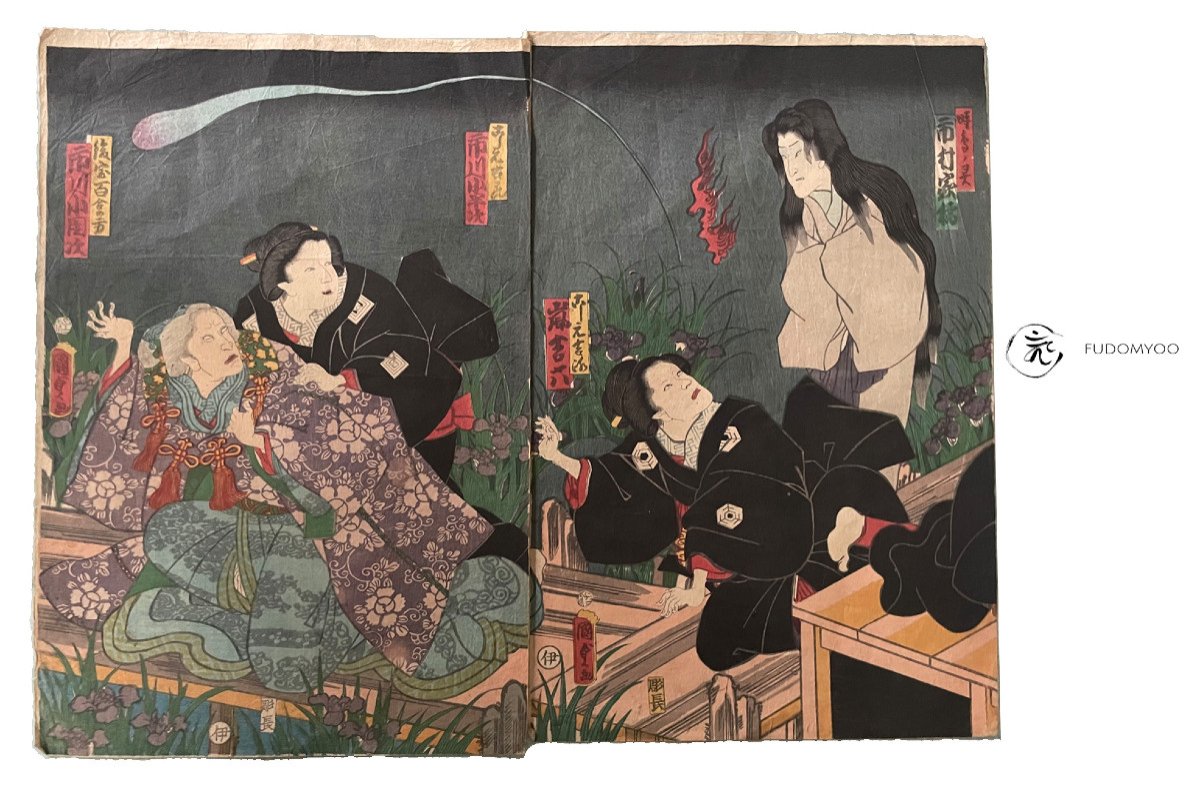
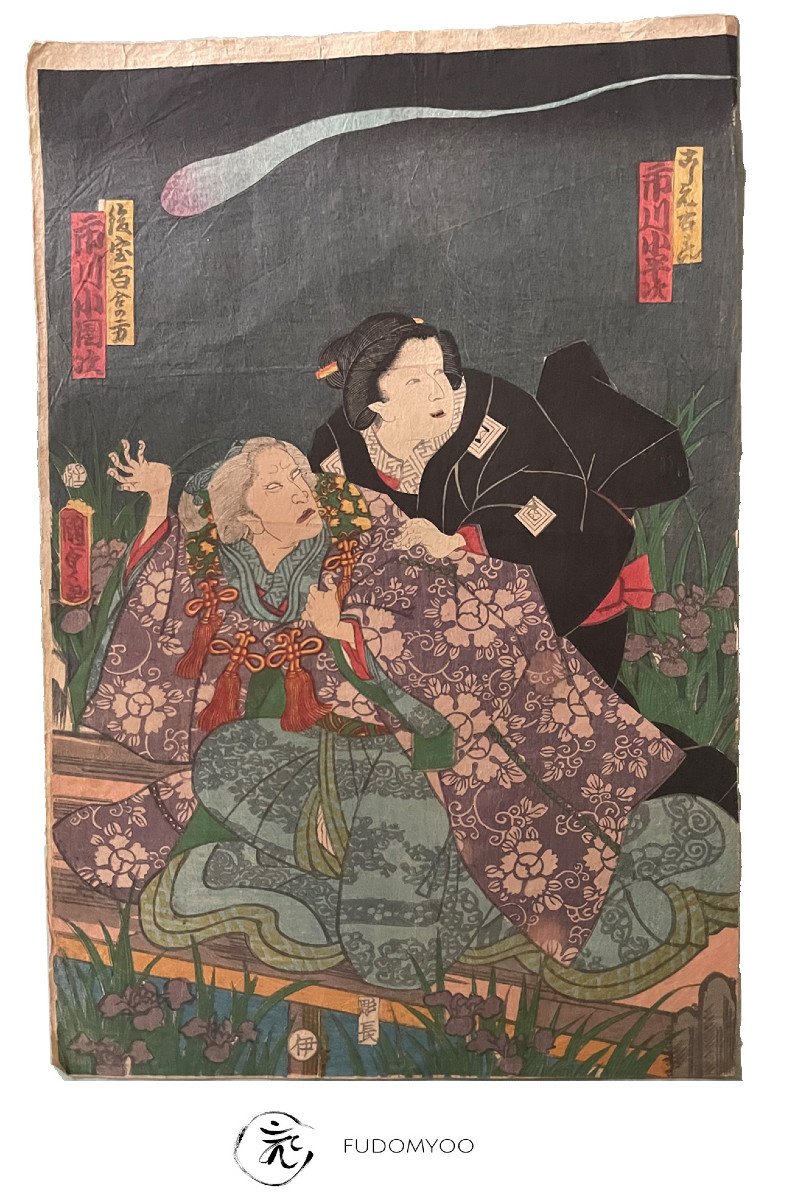
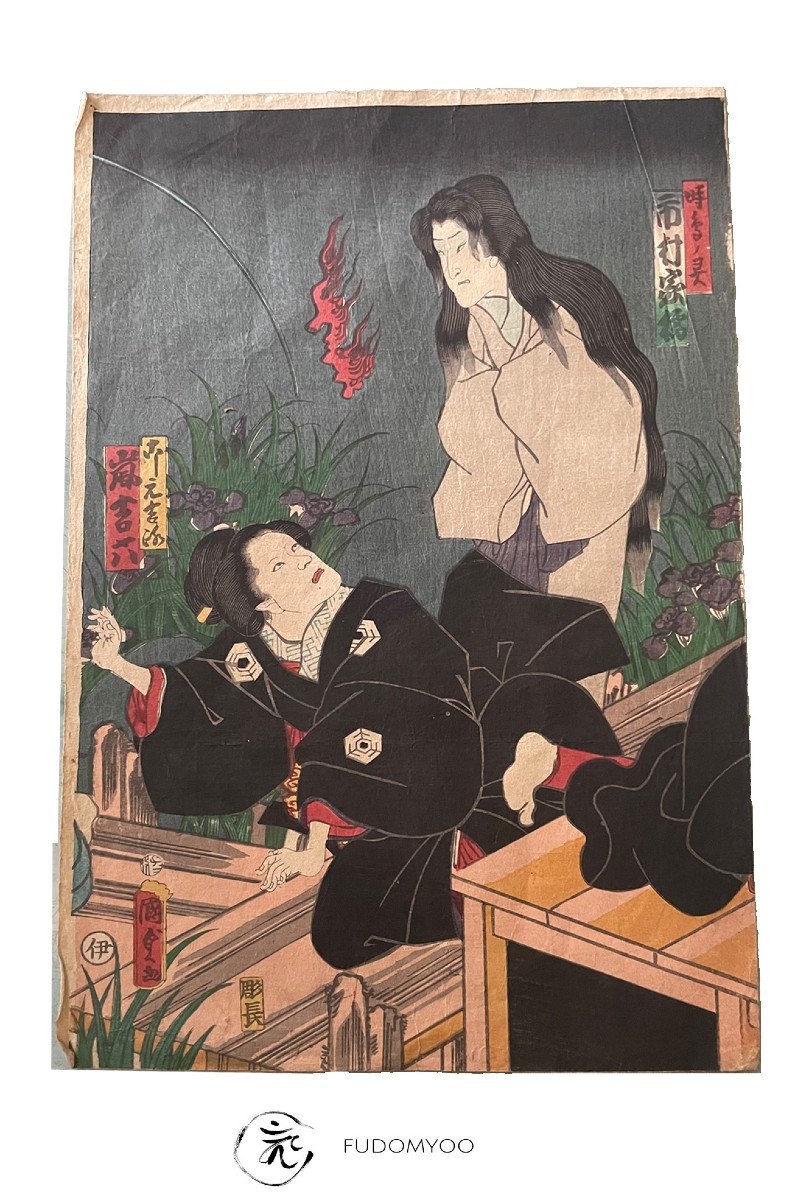
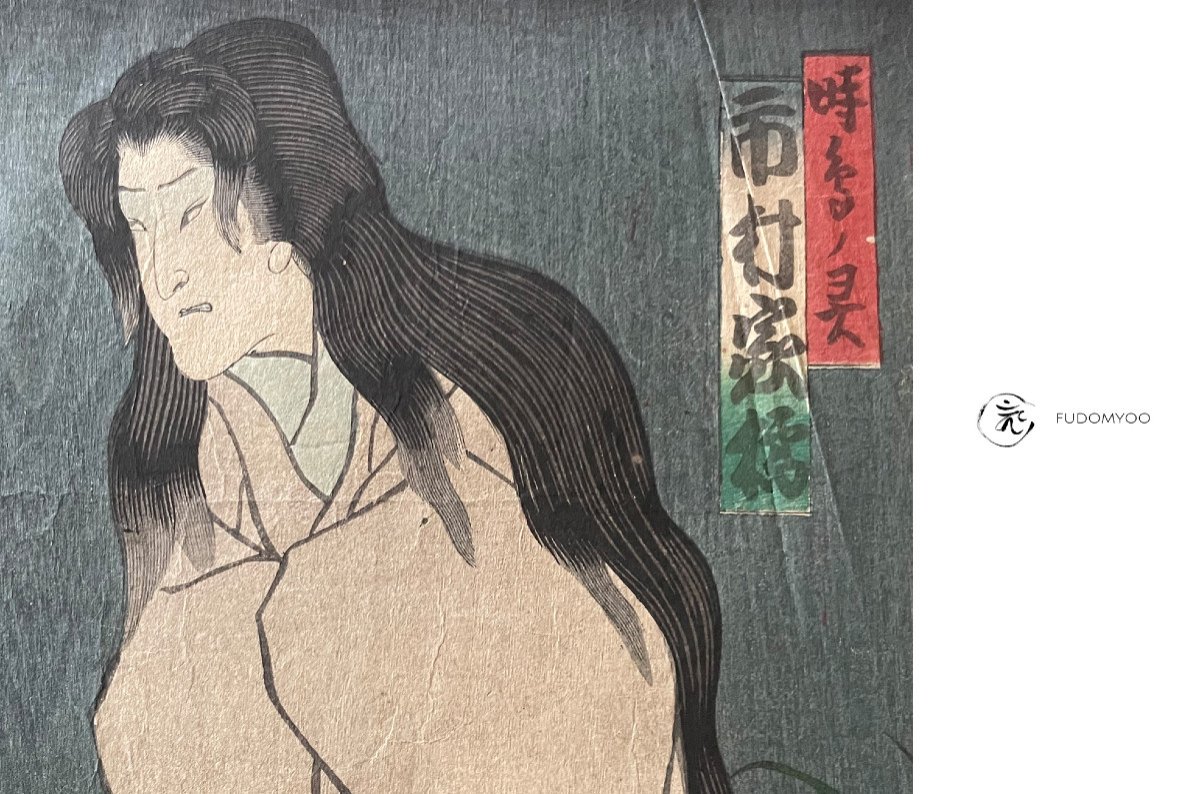
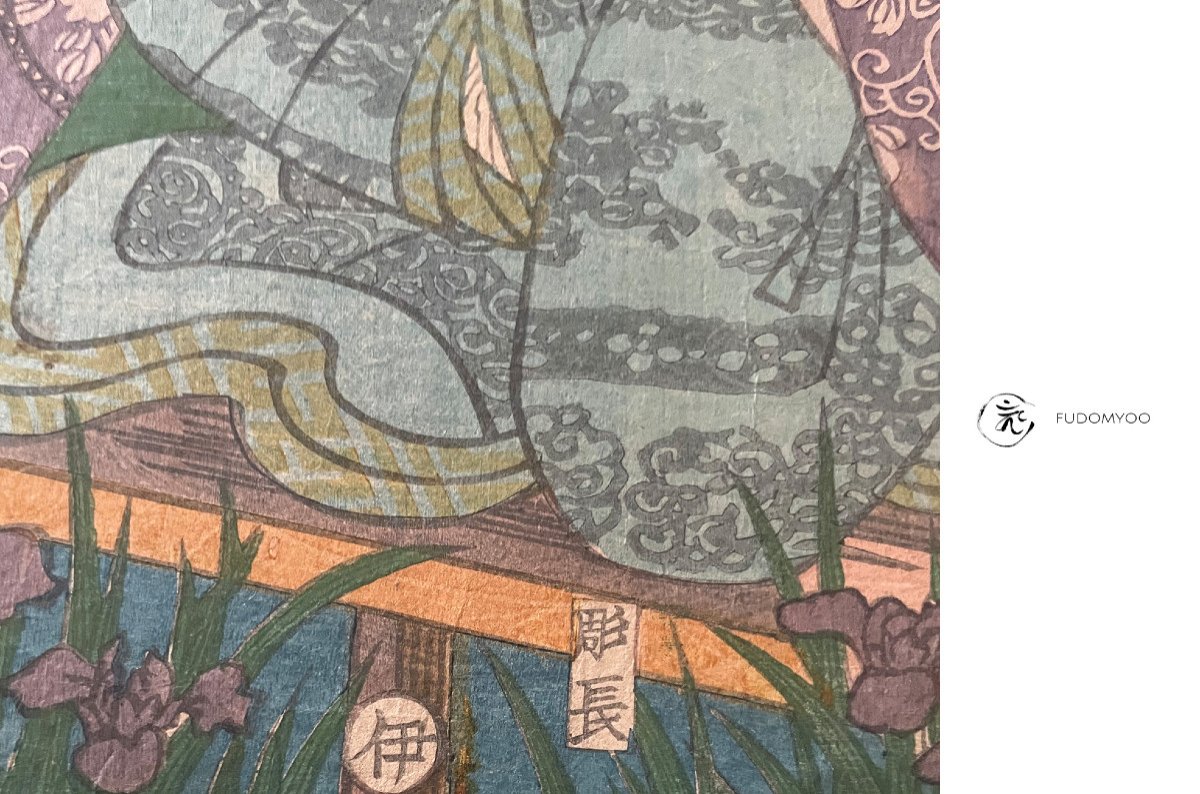
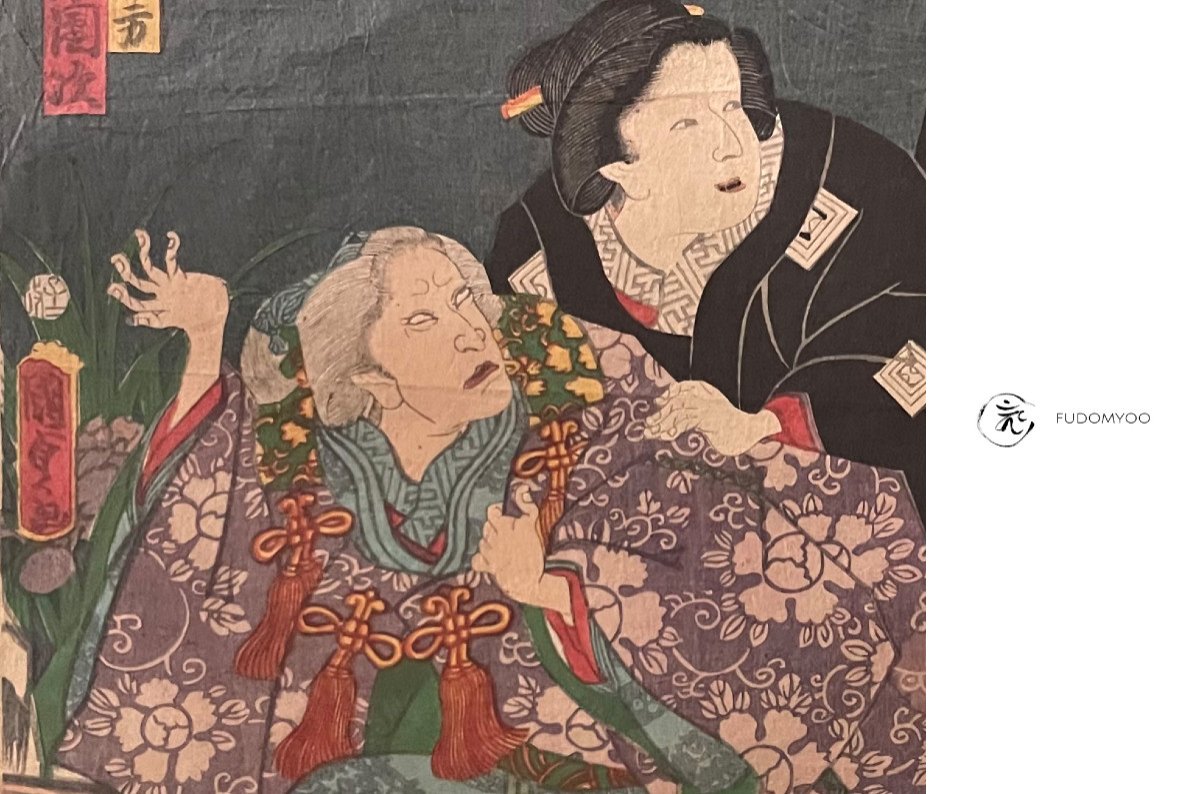
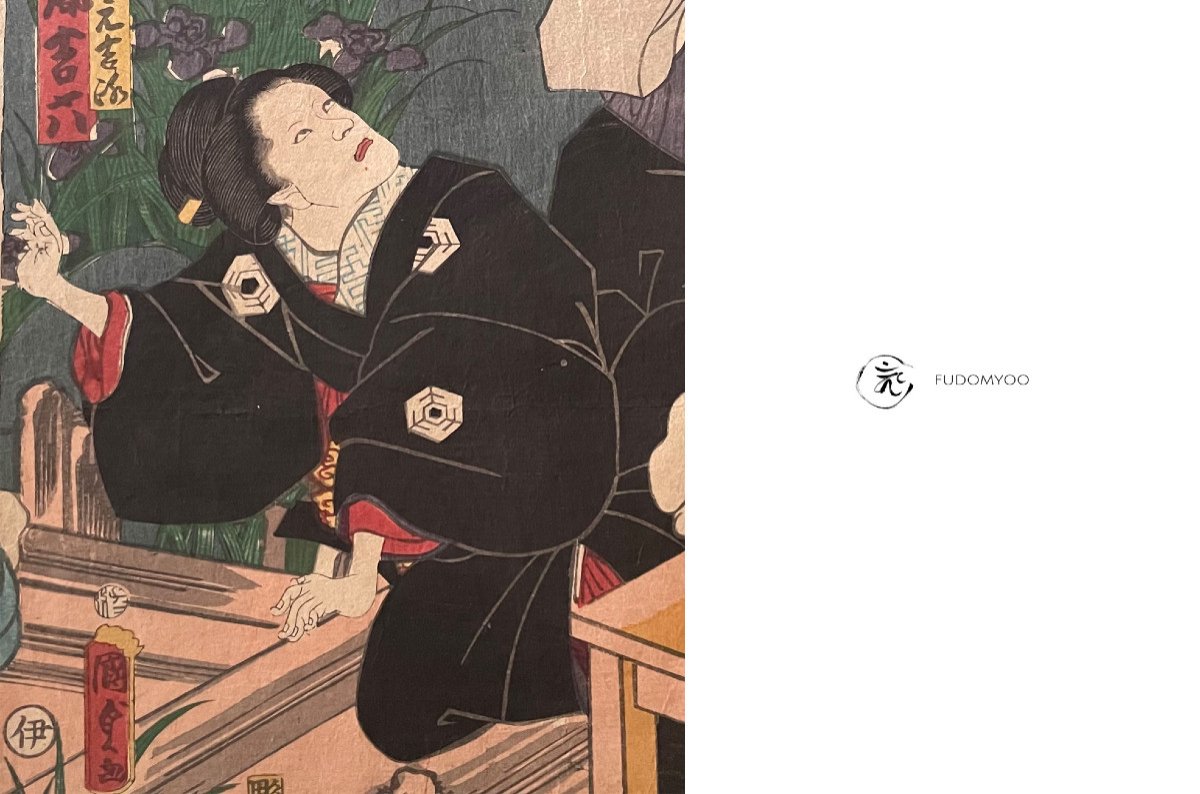
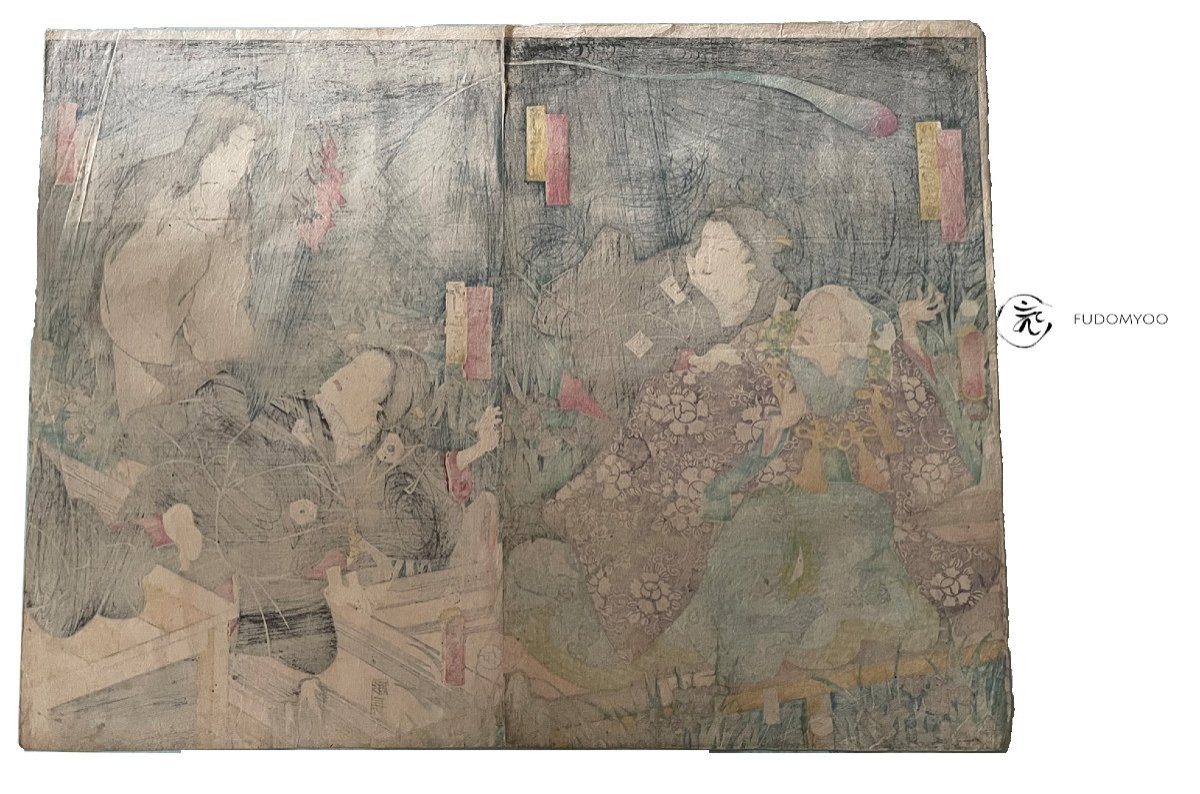









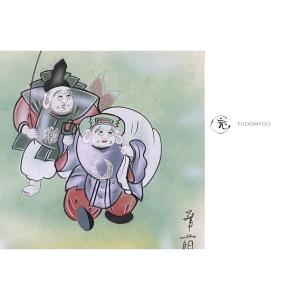
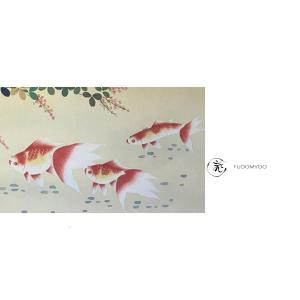

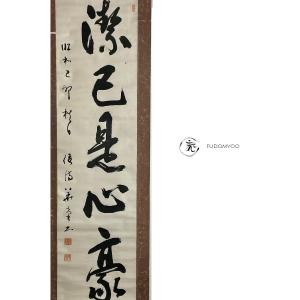
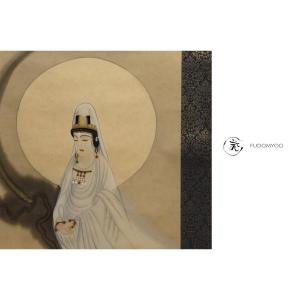
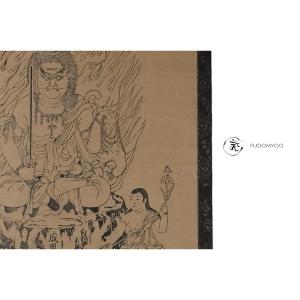
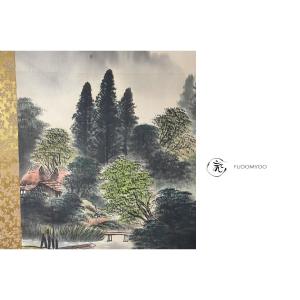


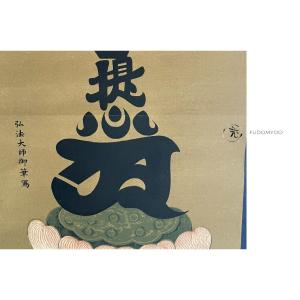
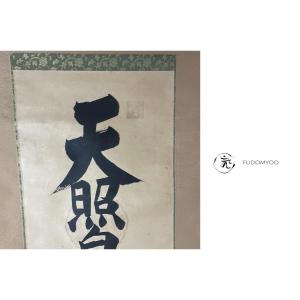
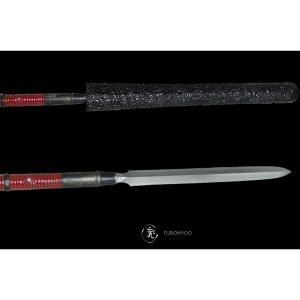
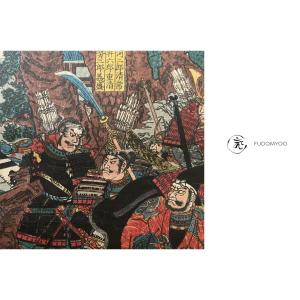
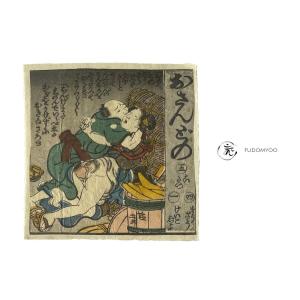
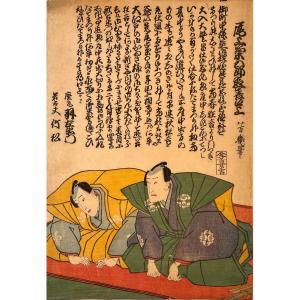
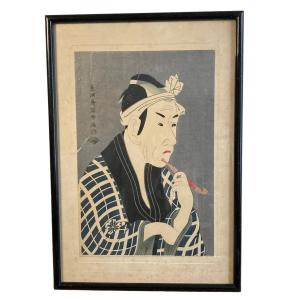






 Le Magazine de PROANTIC
Le Magazine de PROANTIC TRÉSORS Magazine
TRÉSORS Magazine Rivista Artiquariato
Rivista Artiquariato